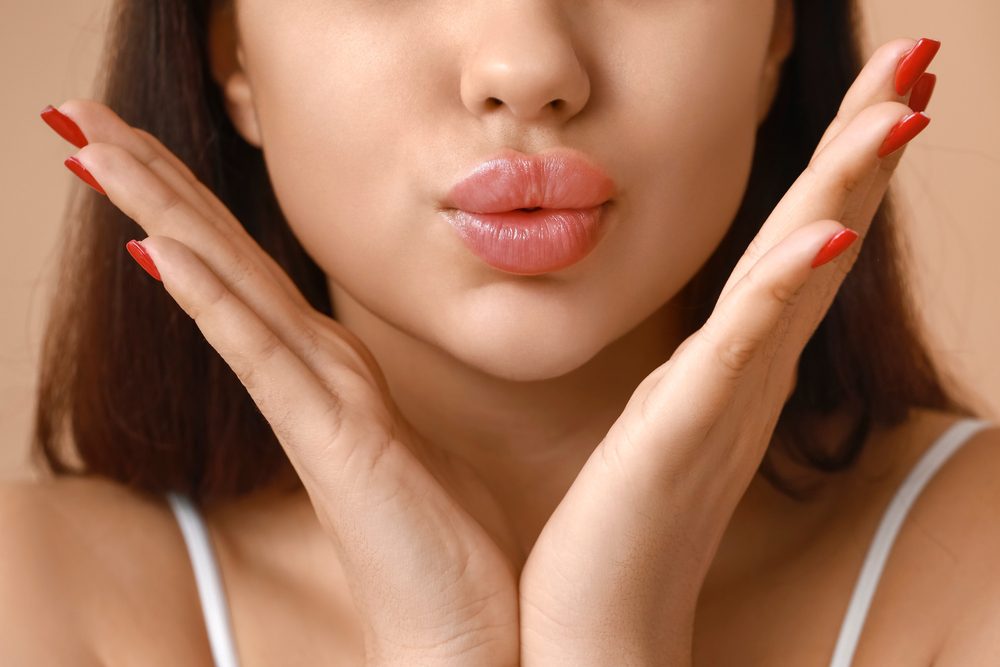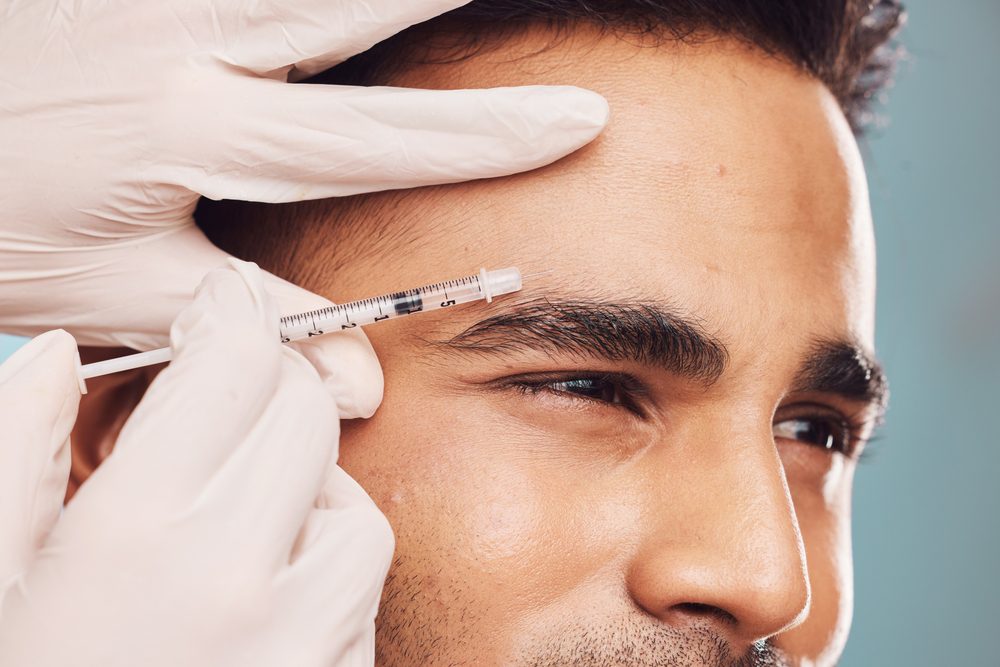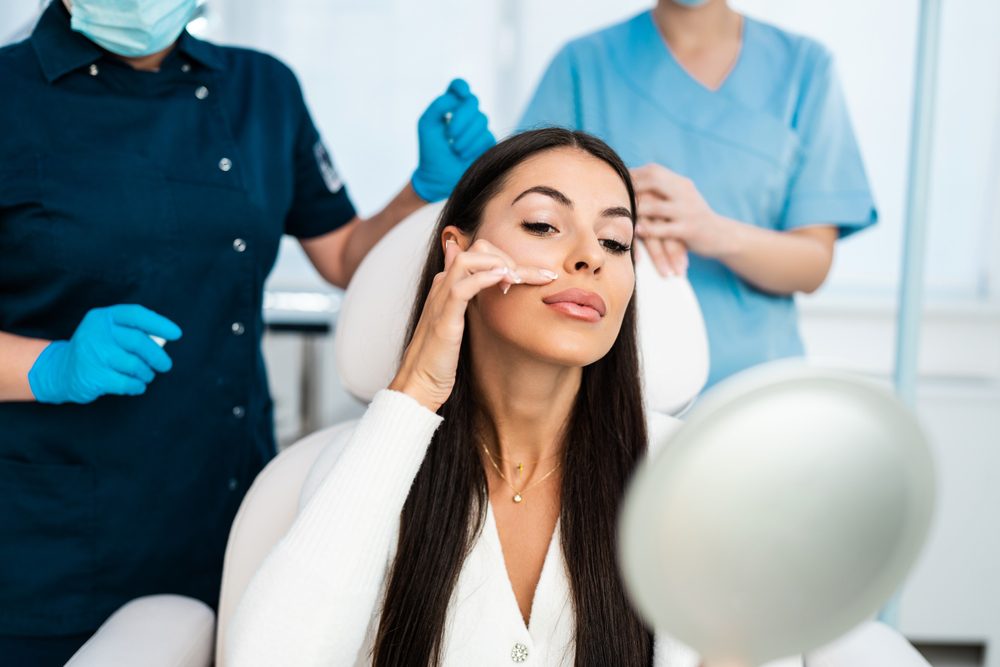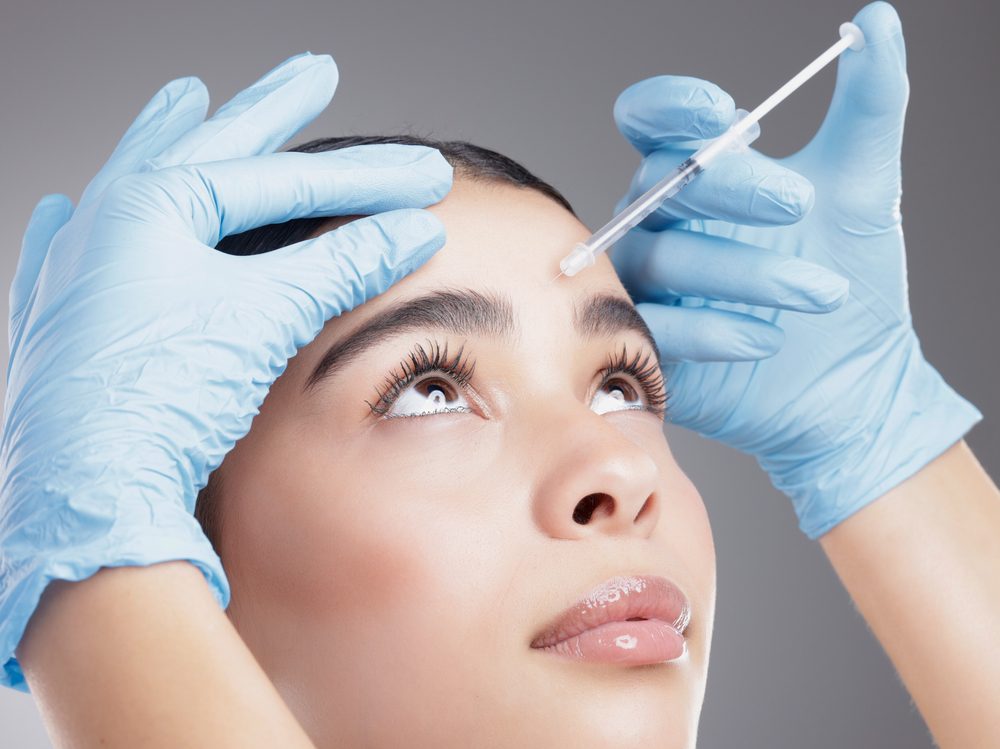
In October 2023, the U.S. Food and Drug Administration (USFDA) approved the use of resilient hyaluronic acid (RHA) fillers for use as aesthetic treatments. Although they are closely related to traditional fillers, RHA fillers offer some distinct benefits for patients looking to treat dynamic lines and wrinkles with a more natural effect. At The Rejuva Center at Williams in Albany, NY, we are excited about integrating RHA fillers into our center’s comprehensive approach to facial aesthetics.
What Sets RHA Fillers Apart from Traditional Fillers
It’s important to note that while they offer very specific benefits, the structure of RHA fillers does not differ greatly from traditional fillers, most of which are made of hyaluronic acid (HA). These traditional fillers, which include popular brands such as Juvéderm® and Restylane®, contain a polysaccharide that naturally occurs in humans and retains moisture. The major difference between the two products is the type of lines and wrinkles they treat. While traditional HA fillers help to plump up the appearance of static lines and wrinkles, which are those that are obvious even when the face is resting, RHA fillers work with dynamic wrinkles — those that appear when the face moves, such as when smiling or laughing.
The Science Behind RHA Fillers: Enhanced Adaptability and Longevity
RHA fillers are designed for a different purpose than other fillers or aesthetic treatments, such as neurotoxins (e.g., Botox®), because they treat dynamic wrinkles. RHA fillers treat wrinkles through the structure of the compound itself, which more closely mimics the natural HA created in the body.
Manufactured through a gentler process, RHA fillers are able to move and stretch with the skin throughout the day, taking new shape as you smile, laugh, and talk. Traditional HA fillers, on the other hand, do not always move with the face, often returning to their original shape, despite being stretched, bent, or compressed, which results in a less natural look. In addition, the dynamic adaptability of RHA fillers also helps patients maintain their results, with clinical trials consistently showing that the effects of RHA fillers lasted at least 12 months.
Addressing a Range of Facial Concerns with RHA Fillers
The unique ability of RHA fillers to address dynamic wrinkles and move with the daily actions of the face means that they also have several notable applications in the world of non-surgical aesthetic skincare.
Smoothing Wrinkles
The main application of RHA fillers is for the treatment of moderate to severe dynamic facial wrinkles. Available in four different gel formulations of varying viscosity and stretch, RHA fillers allow patients to treat everything from smoker’s lines to deep folds in the face. This occurs because these fillers add volume to the area where they are injected, plumping up the skin in that area and then moving with that skin as you move your face.
Enhancing Contours
In addition to filling lines and wrinkles, the RHA 2, 3, and 4 formulas specifically help patients address various levels of facial volume deficit. Practitioners inject these formulations into the mid-to-deep dermis layers of the skin, helping to add more overall volume while allowing experienced injectors to directly contour the face in a way that leads to natural looking results.
The Treatment Experience: What to Expect with RHA Fillers
Like HA filler options, the RHA treatment process is pretty straightforward and quick. There is really nothing different between RHA and traditional filler treatments, except the product inside the syringe. Another great advantage to using RHA fillers as opposed to traditional fillers is the way that their dynamic nature also enhances the healing process.
Procedure, Recovery, and Results
Similar to other types of filler treatments, when patients receive RHA fillers, the process starts with cleaning the area to be injected and using a topical numbing agent to help alleviate the pain of the needles. Depending on the amount of RHA filler, its pairing with other treatments, and where it will be injected, the treatment process should take between 15 and 30 minutes.
Following RHA injection, most patients report mild swelling and redness near the injection area and slight bruising in some cases. The effects of RHA fillers are usually immediately visible, becoming apparent in about two weeks. On average, the effects of RHA filler will last between 12 to 15 months.
Integrating RHA Fillers into Your Aesthetic Journey with The Rejuva Center
Integrating RHA fillers into your aesthetic skincare journey may be just the update you need to achieve the wrinkle reduction and facial contours you have always wanted. The experienced injectors at The Rejuva Center can help design a treatment plan that will utilize RHA fillers to the best effect, based on your needs and situation. Contact us today to schedule a consultation and learn more.
Recent Posts

General
Pucker Up on a Budget: Breaking Down Lip Filler Pricing and Cost in Albany, New York
Luscious, kissable lips are a timeless beauty goal, and lip fillers offer a quick and effective way to achieve that perfect pout.

Blog
Where Can I Find the #1 Botox Injections Nearest Schenectady?
The Rejuva Center at Williams is your secret weapon for the #1 Botox injections nearest Schenectady.

Blog
Decoding Dermal Filler Cost in Albany, New York
Dermal fillers can turn back the clock, smoothing wrinkles, plumping cheeks, and restoring that youthful glow.

Blog
The Best Botox In Schenectady, New York: A Guide to a Flawless Experience
The world of cosmetic treatments can feel overwhelming, especially when it comes to something as transformative as Botox.
